Calle Seosulla-gil (서순라길)
3.5Km 2025-05-21
Jong-ro 150-3, Jongno-gu, Seúl
Parque Marronnier (마로니에공원)
3.5Km 2021-07-07
Daehak-ro 104, Jongno-gu, Seúl.
El parque Marronnier tiene en su centro un árbol “marronnier” (castaño de Indias –Aesculus-) simbólico, y en el área se congregan toda clase de centros de eventos culturales al aire libre, exhibiciones de escultura y centros de arte. El área comenzó a desarrollarse en 1975, cuando la Universidad Nacional de Seúl fue trasladada aquí, y unos 50 teatros pequeños y 500 cafés concentrados en el área hicieron a este lugar un sitio de reunión y relajación enormemente querido por los jóvenes y ancianos por igual. El parque se vuelve especialmente concurrido los fines de semana, cuando las multitudes se congregan para compartir los eventos culturales. Las bandas y los cantantes, así como los grupos de baile y los comediantes se reúnen y dan actuaciones in situ. Los adivinos y los artistas callejeros también se hallan aquí y le dicen su fortuna o le dibujan retratos. El parque tiene muchos árboles y bancos para sentarse y relajarse, convirtiéndolo en el lugar ideal para la relajación y los paseos pausados. El parque Marronnier es una parte de Daehangno, la famosa calle conocida como la “meca de las obras”. Además de las obras, aquí hay muchas actuaciones culturales y restaurantes interesantes y cafés que hacen de este lugar el destino habitual de reunión favorito de muchos jóvenes.
Centro de Arte ARKO (아르코미술관)
3.5Km 2025-09-15
Dongsung-gil 3, Jongno-gu, Seúl.
Korea Beauty Festival (코리아뷰티페스티벌)
3.6Km 2025-05-22
Eulji-ro 281, Jung-gu, Seúl
070-7603-3809 070-4880-2472
Teatro Myeongdong (명동예술극장)
3.6Km 2021-12-28
Myeongdong-gil 35, Jung-gu, Seúl.
+82-1644-2003
Este lugar se inauguró, por primera vez, en el año 1934, con el nombre de “Teatro Nacional de Myeongdong”, y funcionó como cine, centro de espectáculos artísticos, etc., hasta el año 1973. Ejerció así un papel primordial en la industria cultural y artística de Corea. Sin embargo, cerró en 1975.
Recientemente, tras una remodelación, el teatro volvió a abrir sus puertas, destinado solo a obras teatrales. Su interior está diseñado de forma circular, y se ha disminuido la distancia del escenario a la platea. Se representarán: teatro tradicional, actuaciones experimentales, espectáculos no verbales y musicales.
Noon Square (눈스퀘어)
3.6Km 2024-01-25
Myeongdong-gil 14, Jung-gu, Seúl.
Parque de la Historia de Seosomun (서소문역사공원)
3.6Km 2023-08-11
Chilpae-ro 5, Jung-gu, Seúl
El área de la puerta Seosomun fue un lugar de persecución religiosa en el siglo XIX, antes de convertirse en el parque local actual. Muchos católicos fueron reprimidos y martirizados aquí, convirtiendo este lugar en un sitio sagrado para los catolicos coreanos. Seosomun era una puerta de entrada al mercado Chilpae, ubicado cerca de la puerta Sungnyemun (Namdaemun). Siempre estaba atestado de transeúntes y por esta razón servía para mostrarle a la gente los castigos hacia los acusados de haber cometido crímenes. El 15 de mayo de 1999 se levantó una torre conmemorativa en el centro del parque en honor a los mártires. En 2013, el distrito de Jung-gu de Seúl también fundó el Museo de Historia del Santuario Sagrado de Seosumun, con una sala de exposiciones alusiva.
Festival de Arte de Corea (대한민국 미술축제)
3.6Km 2025-07-31
Daehak-ro 57, Jongno-gu, Seúl
070-7575-0980
Espectáculo NANTA (난타)
3.6Km 2025-03-14
Myeongdong-gil 26, Jung-gu, Seúl
02-739-8288
NANTA un espectáculo no verbal de primera clase, que trata sobre cuatro cocineros que deben preparar una comida especial. La trama se presenta a través de varios géneros de actuaciones, incluyendo percusión con utensilios de cocina para crear ritmos basados en los del tradicional samulnori (cuarteto tradicional de percusión). Durante todo el espectáculo, no hay ningún diálogo hablado pero, aún así, está lleno de humor y romance. Además, desde su debut en octubre de 1997, NANTA ha ganado mucho reconocimiento internacional, habiendo sido representado en Broadway y otros lugares famosos de todo el mundo.
Teatro de NANTA en Myeong-dong (명동난타극장)
3.6Km 2025-07-17
Myeongdong-gil 26, Jung-gu, Seúl
La exitosa obra teatral NANTA tiene su propio teatro en el barrio céntrico de Myeong-dong, en Seúl. Se encuentra dentro del edificio de la Unesco, el antiguo Centro de Arte Myeong Dong. Tiene un total de 386 asientos, siendo la sala más grande de NANTA existente hasta el momento.
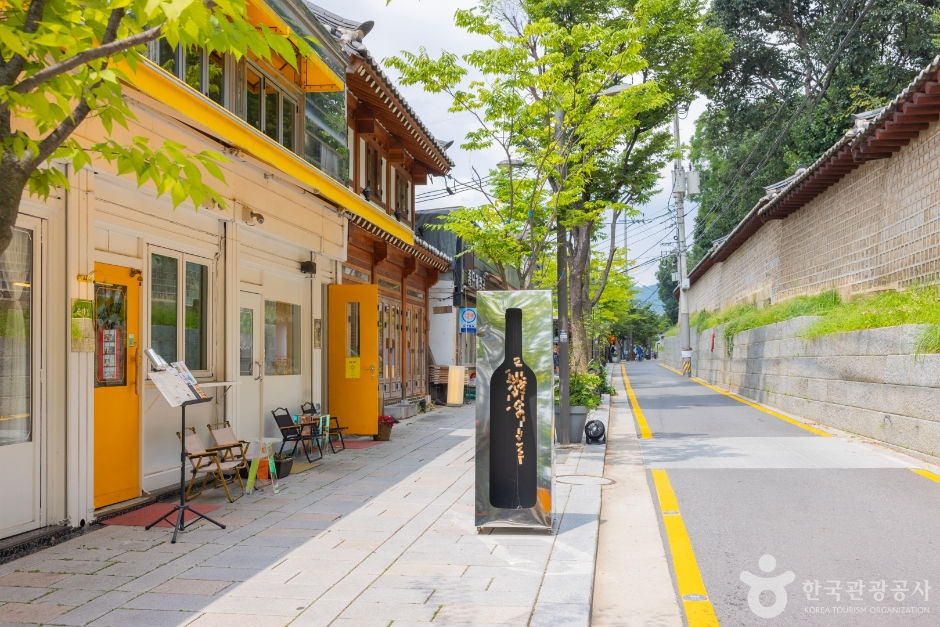
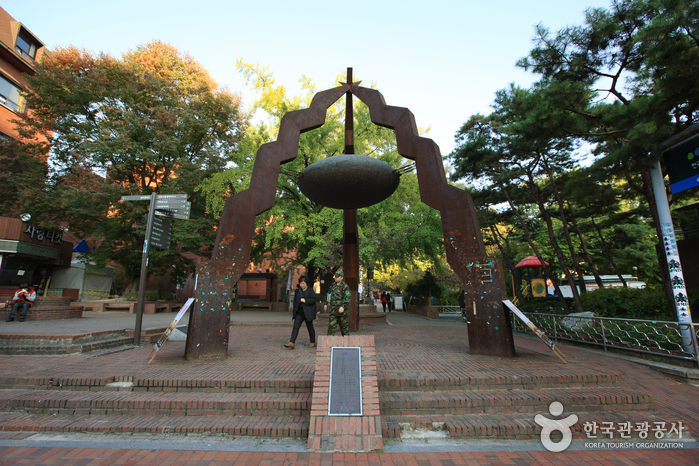
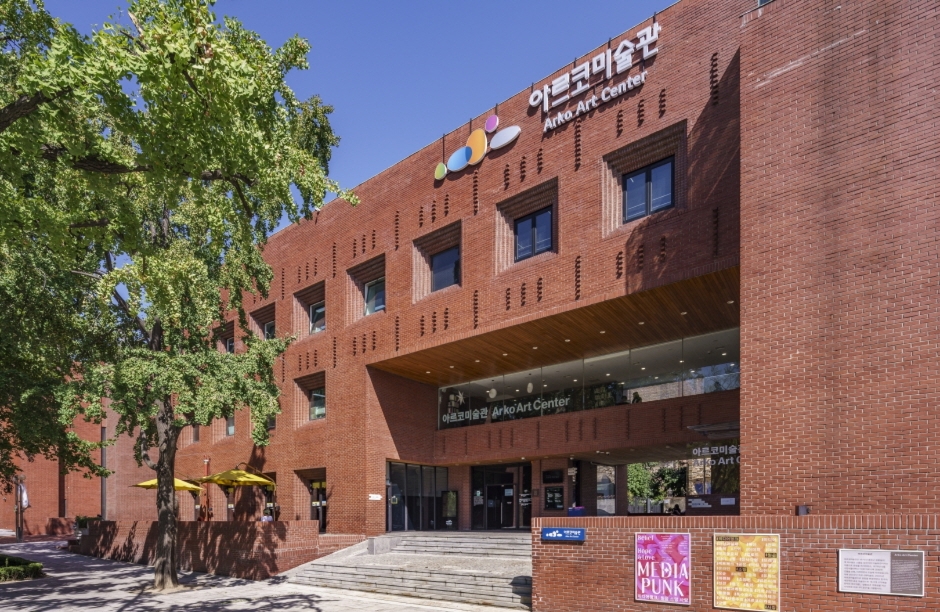
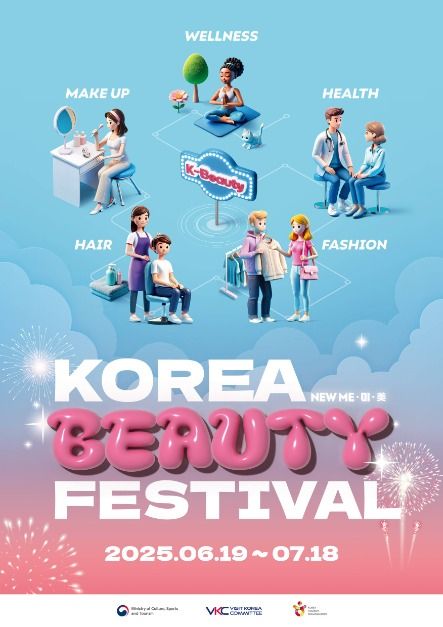
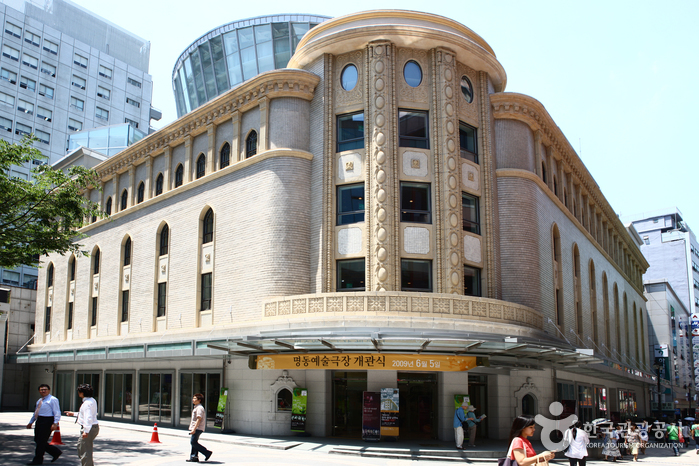
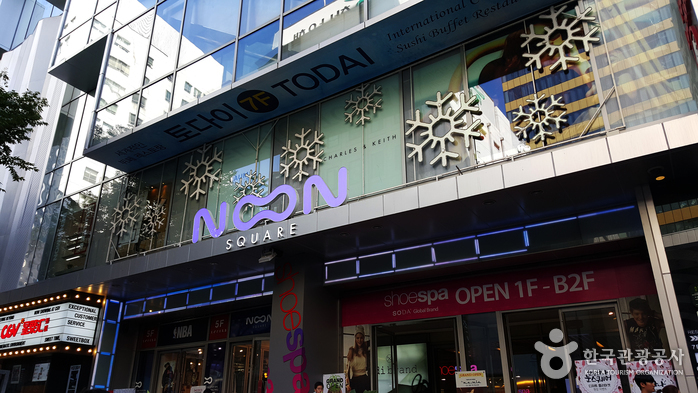
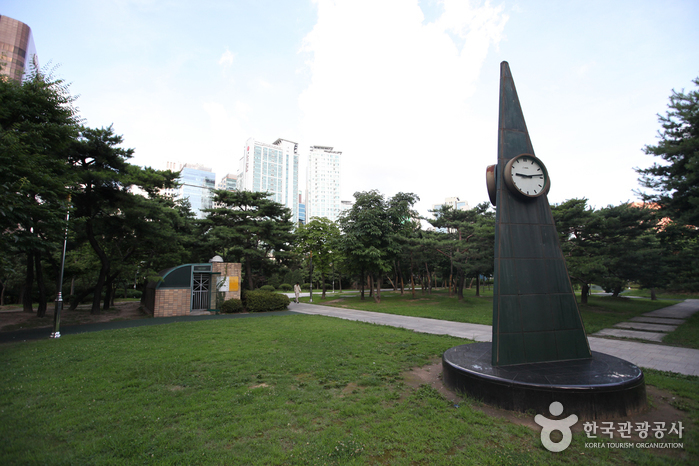
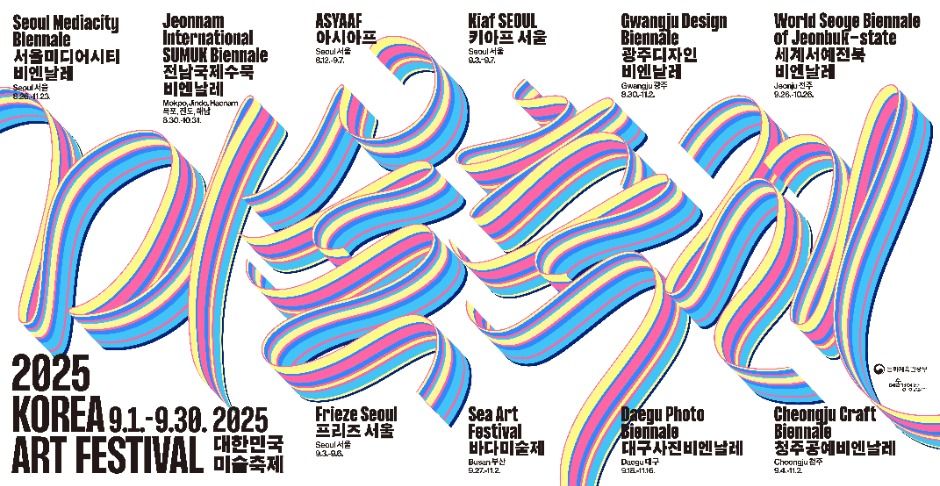

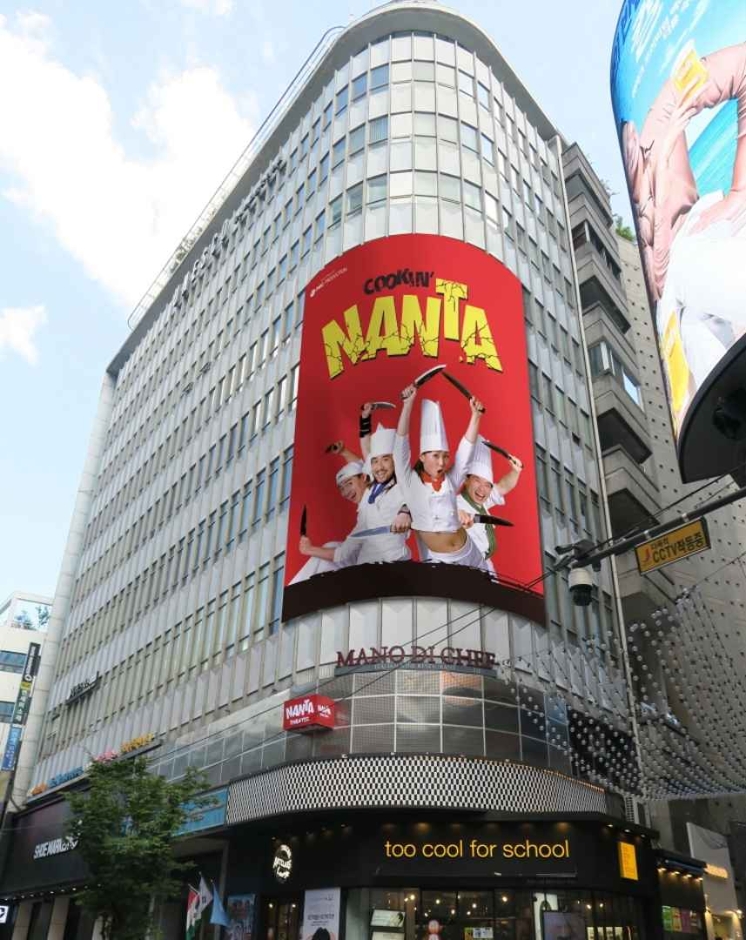
 Español
Español
 한국어
한국어 English
English 日本語
日本語 中文(简体)
中文(简体) Deutsch
Deutsch Français
Français Русский
Русский